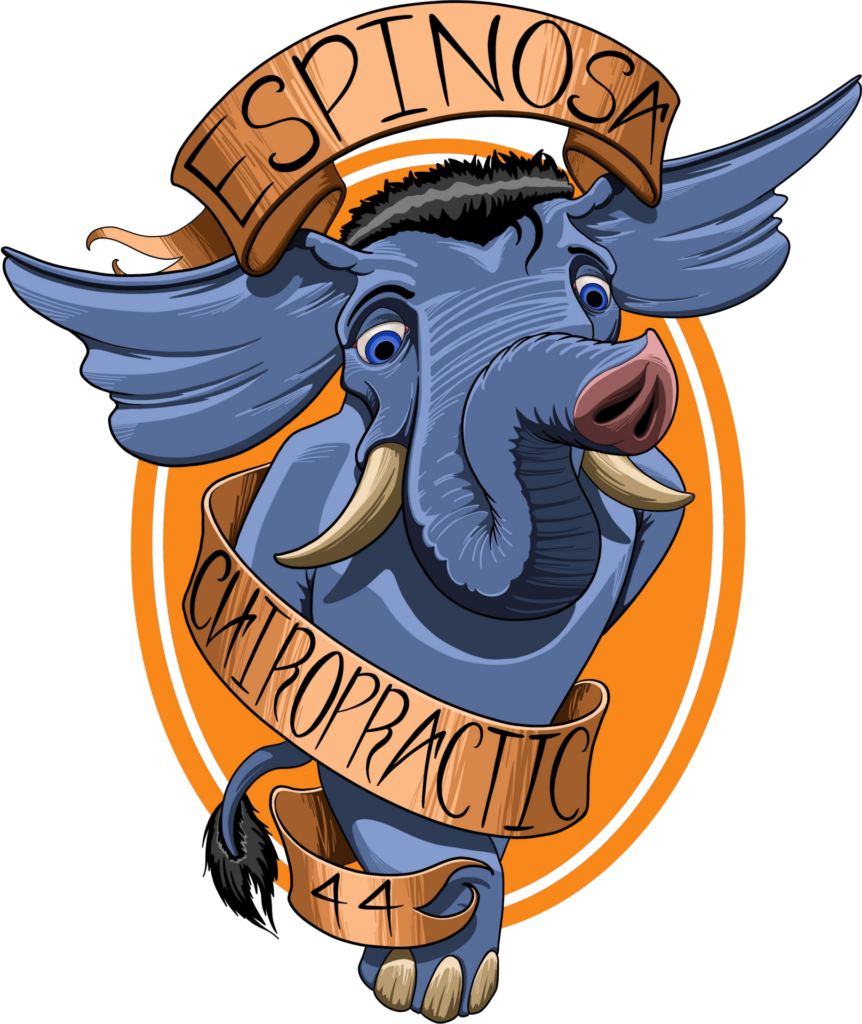
Thoracic Vertebrae
 Slumping shoulders are a common site across the forlorn landscape of 21st Century American posture habits. More jobs than ever are putting people in front of screens in poor ergonomic situations, leaving their posture and, consequently, the health of their spines at the mercy of long days spent stagnant, typing away with shoulders rounded and head forward. The amount of stress this puts on the spine is quantifiable only to the individual, but the general antagonistic qualities of poor workplace posture is that the weight of the head is magnified over an unstable spine, leaving joints immobile, muscles strained and vertebrae misaligned.
Slumping shoulders are a common site across the forlorn landscape of 21st Century American posture habits. More jobs than ever are putting people in front of screens in poor ergonomic situations, leaving their posture and, consequently, the health of their spines at the mercy of long days spent stagnant, typing away with shoulders rounded and head forward. The amount of stress this puts on the spine is quantifiable only to the individual, but the general antagonistic qualities of poor workplace posture is that the weight of the head is magnified over an unstable spine, leaving joints immobile, muscles strained and vertebrae misaligned.
At Espinosa Family Chiropractic, we are no stranger to poor posture, but we seek to impart you with the awareness of just how powerful posture is in changing your back health for the better. Understanding the mechanics of the spine is a good place to start, as it has been said that some people treat their spine as though it was one long bone. This is not true: each region has a different set of characteristics and functions. For example, the cervical vertebrae support the weight of your head and allow it to move, while the lumbar vertebrae support the greater mass of the body and provide stability.
But what about the thoracic vertebrae? The least injured, seemingly incognito part of the spine that still has a great purpose: to ease the burden on your lumbar. Learning how to use your thoracic vertebrae helps improve your overall range of motion, impacts lung capacity, and improves shoulder mechanics. The thoracic spine should not be a passerby in the daily posture battle. Call our office in Sacramento at (916) 457-0107 to start learning how all of the parts of your back contribute to your health.
Dr. Raymond Espinosa, D.C.
